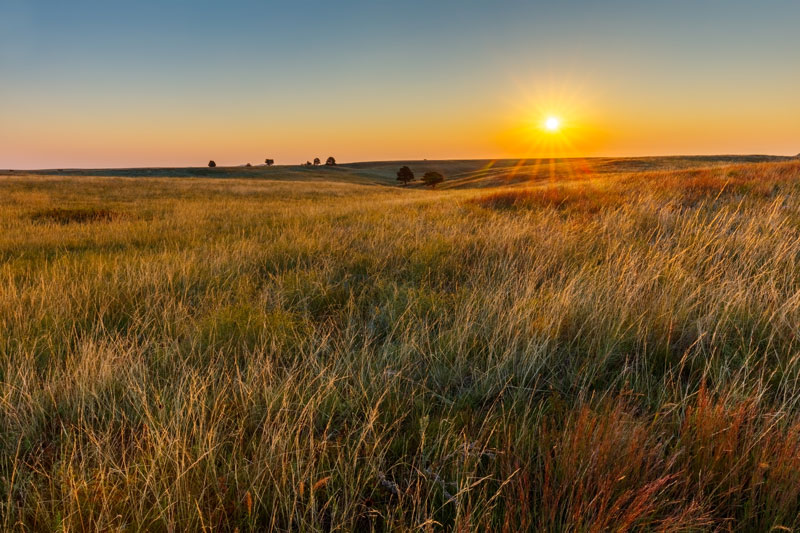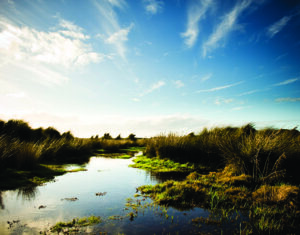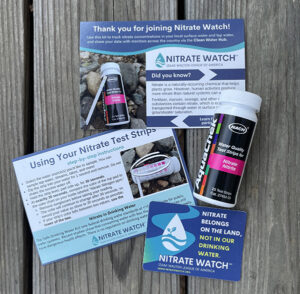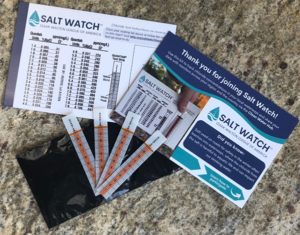Natural solutions to climate change harness ecosystems to absorb carbon, such as restoring forests, wetlands, and grasslands. Protecting biodiversity and enhancing soil health can improve carbon sequestration and climate resilience. These nature-based approaches not only reduce emissions but also support clean water, air, and habitat for wildlife.
We must utilize land and water-based solutions that harness the power of natural systems found on public lands, farms, wetlands and oceans to sequester carbon and build climate resiliency.
Wetlands and native grasslands are two incredible carbon sinks, among the best on Earth. We must conserve all that remain and restore as much as possible. Besides providing cleaner drinking water and vital wildlife habitat, wetlands and grasslands can keep carbon from entering our atmosphere and even help pull it out once it’s been released.
Regenerative farming practices can transform the agriculture industry to one of the top emitters of carbon dioxide to more sustainable production means. Farmers that plant cover crops, utilize no till and rotational grazing and restore wetlands on their property are a key component of unleashing natural solutions to combat climate change.


 Your kit will include a bottle containing 25 nitrate test strips which you can use to test your water source(s) throughout the year. You’ll also receive postcards explaining how to use your nitrate test strips and how to share your Nitrate Watch results on the Clean Water Hub.
Your kit will include a bottle containing 25 nitrate test strips which you can use to test your water source(s) throughout the year. You’ll also receive postcards explaining how to use your nitrate test strips and how to share your Nitrate Watch results on the Clean Water Hub. Your kit will include four test strips so you can test your waterway throughout the season. You’ll also receive a chart to help you interpret your results and a postcard with instructions for completing a Salt Watch test and reporting your findings.
Your kit will include four test strips so you can test your waterway throughout the season. You’ll also receive a chart to help you interpret your results and a postcard with instructions for completing a Salt Watch test and reporting your findings.